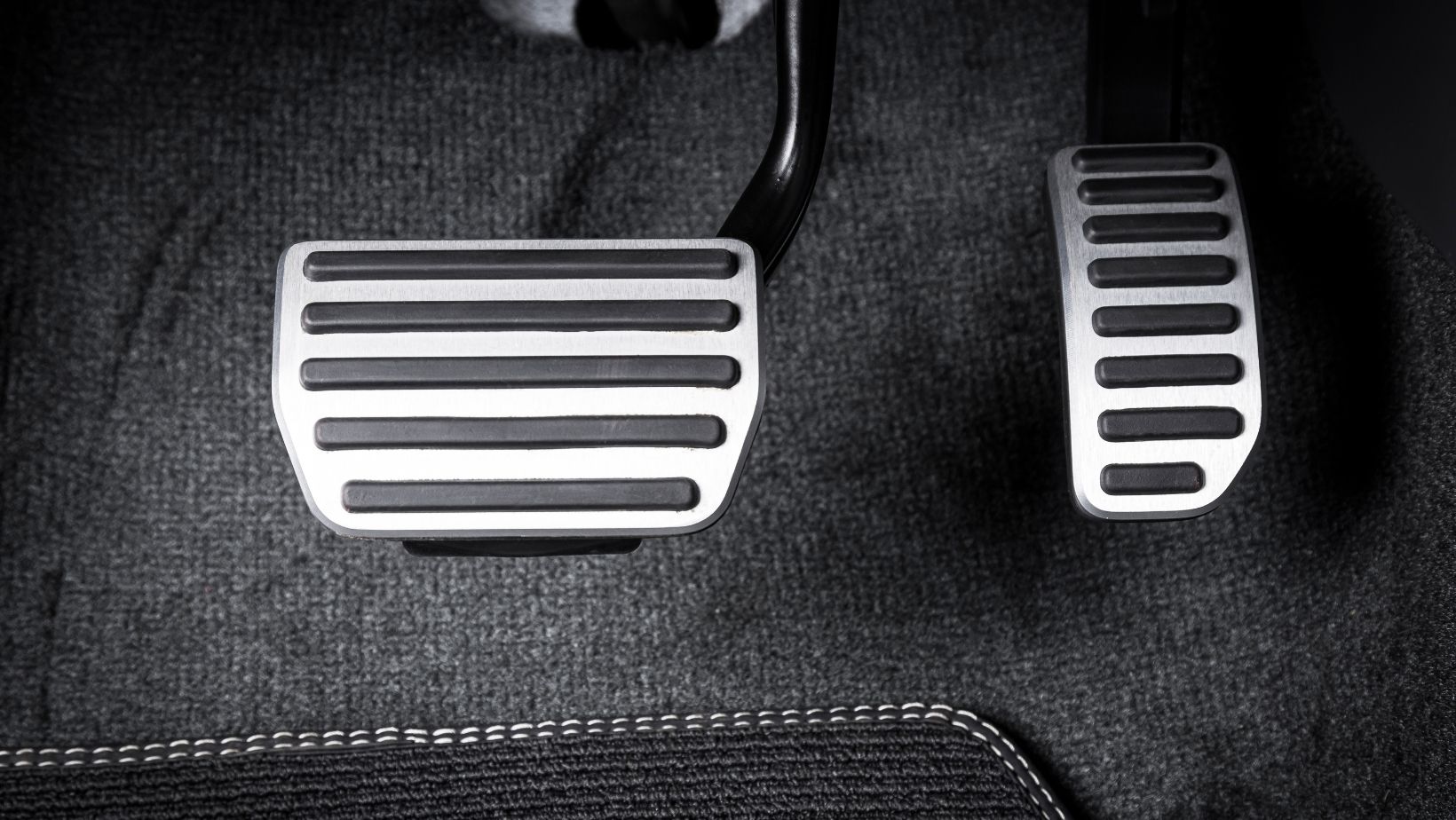When it comes to vehicle maintenance, brakes are among the most critical safety components. Yet, many drivers unknowingly reduce the lifespan of their braking systems through everyday habits. Understanding how driving style affects brake longevity can help you preserve this vital system, save on repair costs, and keep your vehicle running safely for longer.
Frequent Hard Braking Accelerates Wear
Braking aggressively, slamming the pedal at the last second, generates intense heat within the braking system. This extreme friction can cause brake pad glazing, where the pads harden and lose their effectiveness, and in some cases, lead to warped brake rotors. These conditions drastically shorten the life of brake components and reduce braking performance.
Easing into a stop by anticipating traffic and slowing down gradually helps reduce thermal stress on the system, allowing brake components to cool and wear more evenly. Over time, this driving habit can significantly extend the service life of both pads and rotors.
Riding the Brakes Causes Continuous Friction
Some drivers have a habit of lightly pressing the brake pedal while driving, especially on downhill stretches or in stop-start traffic. This “riding” of the brakes creates continuous friction and heat, leading to premature wear of both the pads and brake callipers. Over time, this can also damage the brake fluid by overheating it, which compromises overall brake responsiveness.
Tailgating Increases the Need for Sudden Braking
Following other vehicles too closely forces frequent, abrupt braking to avoid collisions. These sudden stops wear out brake pads faster and can cause uneven pad degradation. Maintaining a safe following distance allows for smoother deceleration, reducing the demand on your brake system and enhancing its longevity.
High-Speed Driving Puts Extra Stress on Brakes

Braking from high speeds forces the braking system to dissipate significantly more energy. The higher the speed, the greater the kinetic energy that must be converted to heat through friction. This increased thermal load places stress on both brake pads and rotors, leading to quicker wear and potential damage such as warping or brake fade. Choosing durable components designed to handle these stresses, such as Protex parts and accessories, can help ensure consistent performance and longevity, particularly in vehicles regularly exposed to high-speed driving conditions.
Carrying Excess Weight Overloads the Braking System
Driving with unnecessary weight—whether it’s luggage, tools, or equipment—forces the braking system to work harder to bring the vehicle to a stop. This added strain increases thermal load, leading to quicker pad wear and potential brake fade. Regularly clearing out the vehicle and understanding your car’s gross vehicle weight rating (GVWR) can help minimise this effect.
Poor Downhill Driving Habits Burn Through Pads
On steep declines, many drivers rely heavily on their brakes instead of using engine braking. Continuous braking on descents can overheat the system, leading to brake fade, where the brakes become less effective due to high temperatures. Shifting to a lower gear and using engine braking reduces this risk and prolongs the life of the brake pads and rotors.
Stop-and-Go Driving Increases Brake Usage
Urban environments with constant traffic lights, roundabouts, and pedestrian crossings demand frequent stopping. This kind of driving style naturally leads to increased brake use and faster wear. Conversely, highway driving with fewer stops is less taxing on the braking system. While city driving is often unavoidable, adapting your driving behaviour—such as coasting to a stop rather than braking late—can help preserve your brakes.
Preserve Your Brakes with Smarter Habits
Your driving style plays a significant role in determining how long your brakes last. By avoiding harsh braking, managing speed, reducing vehicle load, and using proper downhill techniques, you can extend the life of your braking system and improve overall vehicle safety. Combined with quality parts and regular maintenance, these habits help you get the most from your brake system while keeping repair costs in check.

